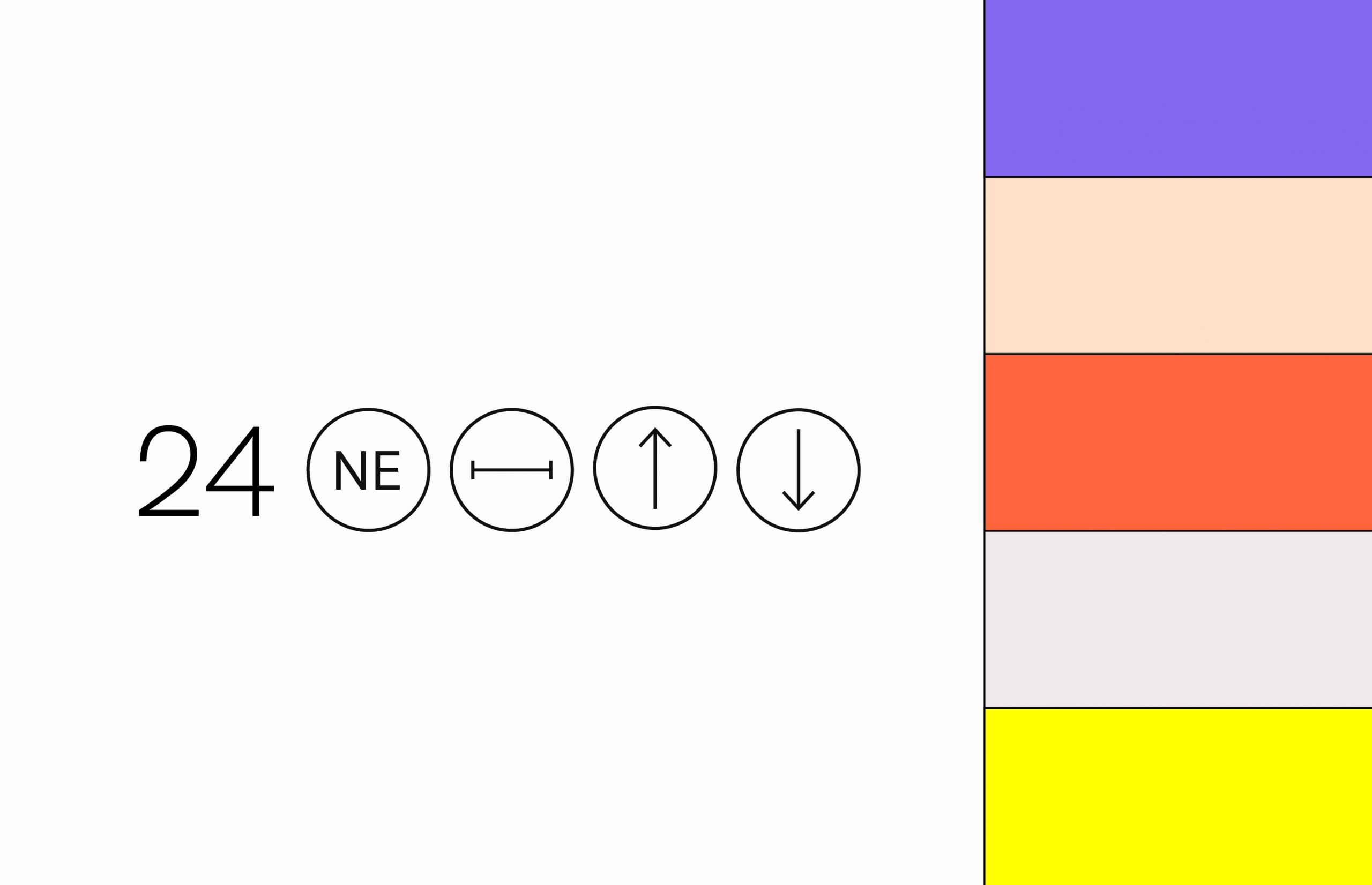PUBLISHED
Jul 07, 2023
WORDS
Ren Balogun
Can ChatGPT convince us to go green?
How green is ChatGPT? And could it actually be useful in the fight against climate collapse? Ren Balogun of purpose-specialist Revolt puts the AI to the test.
Read the original article on The Drum
Growth in artificial intelligence (AI) capabilities has accelerated at an exponential rate. Its effects permeate our daily lives, from AI-powered search engines to AI travel itinerary planners.
But AI isn’t the only phenomenon dominating our news feeds and people’s minds. Nearly eight in 10 say that sustainability is important to them. And it’s no wonder, given the climate crisis is the “most pervasive threat to the natural environment and societies the world has ever experienced”.
While the narrative around AI and climate change has been one of fear of losing control and doom, we know that there is time if we take action. So, we put it to the test.
Growth in artificial intelligence (AI) capabilities has accelerated at an exponential rate. Its effects permeate our daily lives, from AI-powered search engines to AI travel itinerary planners.
But AI isn’t the only phenomenon dominating our news feeds and people’s minds. Nearly eight in 10 say that sustainability is important to them. And it’s no wonder, given the climate crisis is the “most pervasive threat to the natural environment and societies the world has ever experienced”.
While the narrative around AI and climate change has been one of fear of losing control and doom, we know that there is time if we take action. So, we put it to the test.

The ‘intention-action gap’
Despite nearly six in 10 consumers saying they are willing to change their shopping habits to reduce environmental impact, this is not reflected in actual behavior. This is called the intention-action gap.
While a big chunk of the responsibility lies on businesses and governments to take climate action, individual and household actions have the potential to produce roughly 25-30% of the total emissions reductions needed to mitigate climate change.
AI enables businesses and governments to take that action, but marketers can also play a crucial role in bridging the intention-action gap by effectively communicating and inspiring consumers to make sustainable choices, like promoting climate-conscious products and campaigns that encourage behavior change.
While a big chunk of the responsibility lies on businesses and governments to take climate action, individual and household actions have the potential to produce roughly 25-30% of the total emissions reductions needed to mitigate climate change.
AI enables businesses and governments to take that action, but marketers can also play a crucial role in bridging the intention-action gap by effectively communicating and inspiring consumers to make sustainable choices, like promoting climate-conscious products and campaigns that encourage behavior change.
The test
We wanted to see if we could use AI to help bridge this gap. So, we set up an AI test using ChatGPT. The developers of ChatGPT have spoken about the safety parameters built into the AI tool. Protocols like ensuring it isn’t racist. But we want to see how much of the platform is built to be a force for good, to help bridge the gap between intention and action.
We started by creating three personas based on demographic and attitudinal data that outlines the way people live, act, and view sustainability. We ran two tests: one with personas that didn’t include any explicit sustainability attitudes, and one test with explicit attitudes towards sustainability.
Taking guidance from global climate strategy Project Drawdown, we identified different scenarios people might encounter which we used as a framework to create questions for ChatGPT to advise us on.
Our test wasn’t so much about directly asking ChatGPT about the sustainable actions we can take, but a test of whether it thinks about sustainability when providing its responses. And to ensure we didn’t build any bias into the work, we undertook the test many times on different ChatGPT accounts, to identify any big-picture patterns.
We quickly saw that ChatGPT struggles to tailor content based on demographic information. The safeguards help it avoid making assumptions based on demographics, but also restrict its effectiveness in translating big-picture concepts into actionable and tailored marketing content.
We started by creating three personas based on demographic and attitudinal data that outlines the way people live, act, and view sustainability. We ran two tests: one with personas that didn’t include any explicit sustainability attitudes, and one test with explicit attitudes towards sustainability.
Taking guidance from global climate strategy Project Drawdown, we identified different scenarios people might encounter which we used as a framework to create questions for ChatGPT to advise us on.
Our test wasn’t so much about directly asking ChatGPT about the sustainable actions we can take, but a test of whether it thinks about sustainability when providing its responses. And to ensure we didn’t build any bias into the work, we undertook the test many times on different ChatGPT accounts, to identify any big-picture patterns.
We quickly saw that ChatGPT struggles to tailor content based on demographic information. The safeguards help it avoid making assumptions based on demographics, but also restrict its effectiveness in translating big-picture concepts into actionable and tailored marketing content.
Getting personal
Sustainable behaviors don’t come naturally to the AI language model. However, when you explicitly input the sustainability attitudes of your personas, i.e., “I try to remain optimistic about the future but I’m conscious of the ever-looming climate crisis ”, you get tailored results linked directly to sustainability actions and messaging you might use in your communications.
ChatGPT will often pump out a variety of (not always very inspiring) actions consumers could take in their daily lives. But once we mention our audiences’ attitudes around sustainability, the actions it recommended ultimately ended up having more of a sustainability focus to them (albeit at a superficial level).
The questions it asked back were generic, e.g., ‘Let me know the specific areas where you seek guidance. The more details you can provide, the better I can assist you’.
We were interested to see that it often led to the benefits of sustainable behaviors, like time and cost savings. But across all our tests, ChatGPT failed to pull on the emotional levers such as our values, children and family.
With more fine-tuning of the personas and refining of the questions, it might be possible to get more from ChatGPT. As a platform that can produce 10+ sustainable behaviors with a single click, it’s certainly helpful for shortcutting a generic Google search. But in terms of consumer insights, innovative actions, and relatable content? There are real limitations.
ChatGPT will often pump out a variety of (not always very inspiring) actions consumers could take in their daily lives. But once we mention our audiences’ attitudes around sustainability, the actions it recommended ultimately ended up having more of a sustainability focus to them (albeit at a superficial level).
The questions it asked back were generic, e.g., ‘Let me know the specific areas where you seek guidance. The more details you can provide, the better I can assist you’.
We were interested to see that it often led to the benefits of sustainable behaviors, like time and cost savings. But across all our tests, ChatGPT failed to pull on the emotional levers such as our values, children and family.
With more fine-tuning of the personas and refining of the questions, it might be possible to get more from ChatGPT. As a platform that can produce 10+ sustainable behaviors with a single click, it’s certainly helpful for shortcutting a generic Google search. But in terms of consumer insights, innovative actions, and relatable content? There are real limitations.
Here are four key considerations.
1. Think carefully about what you put in
The AI tool really does hang off every word that you use, so use words carefully and sparingly. Think about the information that is critical to the job at hand and write your prompts accordingly.
2. Use ChatGPT as a strategic sparring partner
We found it extremely helpful to come up with ‘areas’ to explore and to help us refine the brief. Just remember that ChatGPT doesn’t substitute thorough research. Go back and forth with a number of different ways in, and always challenge the tool to give you 10+ themes, answers, responses or suggestions.
3. It’s a toybox, not a toolkit
ChatGPT is a digital playground to quickly test, learn and explore a breadth of ways into a single idea.
Think creatively about how you want to get to what you are looking for. Don’t rely on it to answer your questions accurately, but use it to explore various different approaches to getting to the content you need. Its ability to reflect different personas and tones of voice makes it a valuable tool.
Think creatively about how you want to get to what you are looking for. Don’t rely on it to answer your questions accurately, but use it to explore various different approaches to getting to the content you need. Its ability to reflect different personas and tones of voice makes it a valuable tool.
4. Don’t stop at the first result
As good as it might seem, 90% of ChatGPT’s responses were plain, no different to a basic Google search. Don’t be afraid to use the ‘regenerate response’ button a few times to fine-tune the prompts.
Your Cookie Settings
By clicking 'Accept All Cookies', you agree to the storing of cookies on your device to enhance site navigation, analyse site usage, and assist in our marketing efforts.



